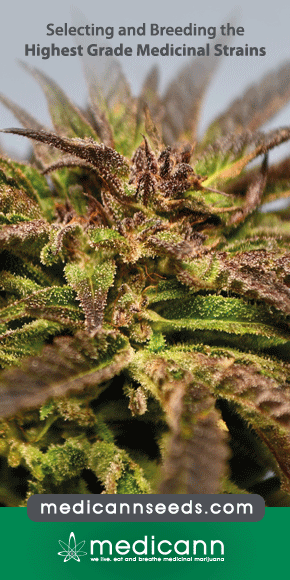The potential role of cannabinoids in epilepsy treatment
Epilepsy is one of the world’s oldest recognized and prevalent neurological diseases. It has a great negative impact on patients’ quality of life (QOL) as a consequence of treatment resistant seizures in about 30% of patients together with drugs’ side effects and comorbidities. Therefore, new drugs are needed and cannabinoids, above all cannabidiol, have recently gathered attention.


